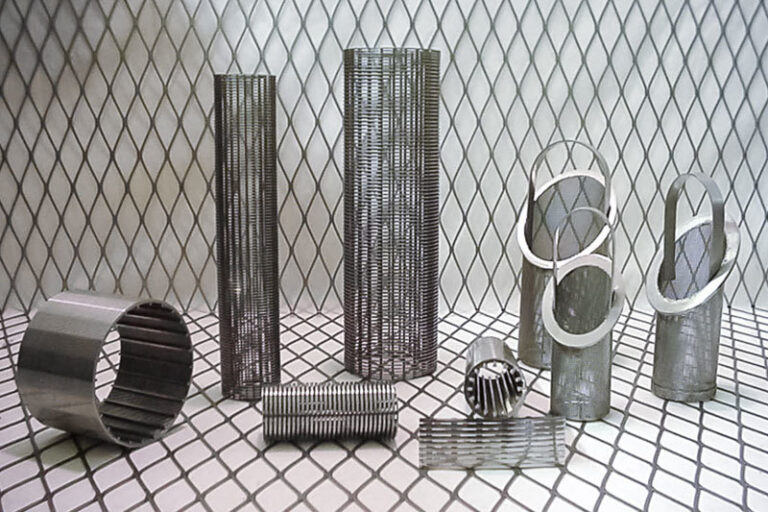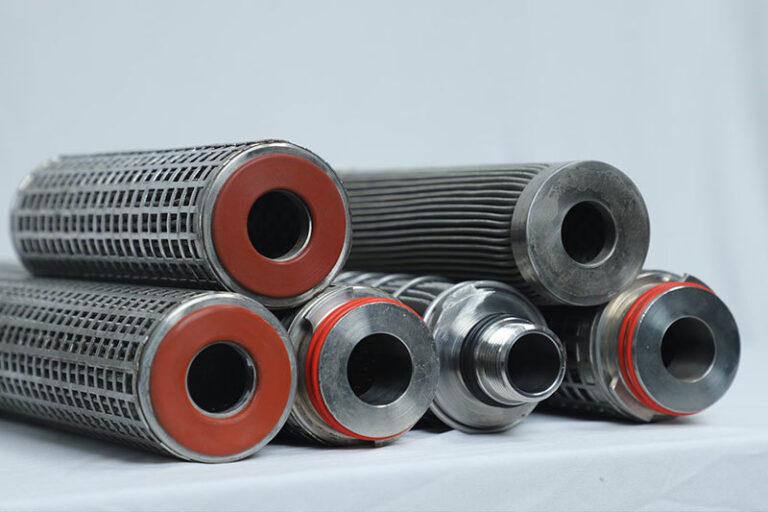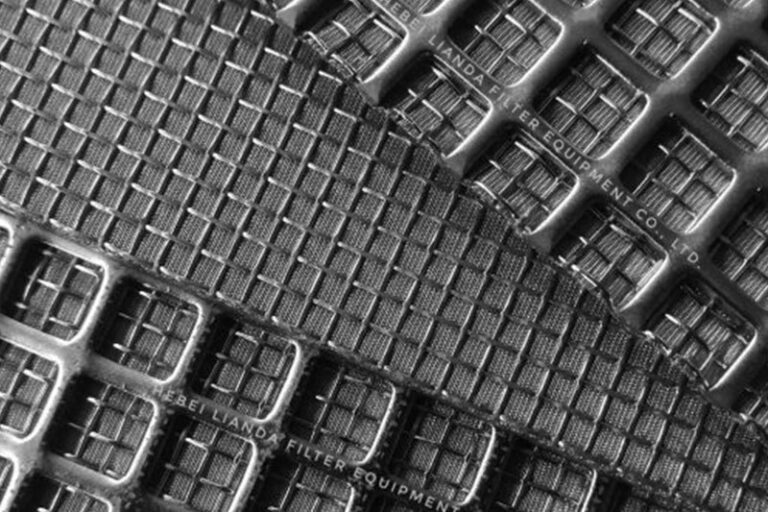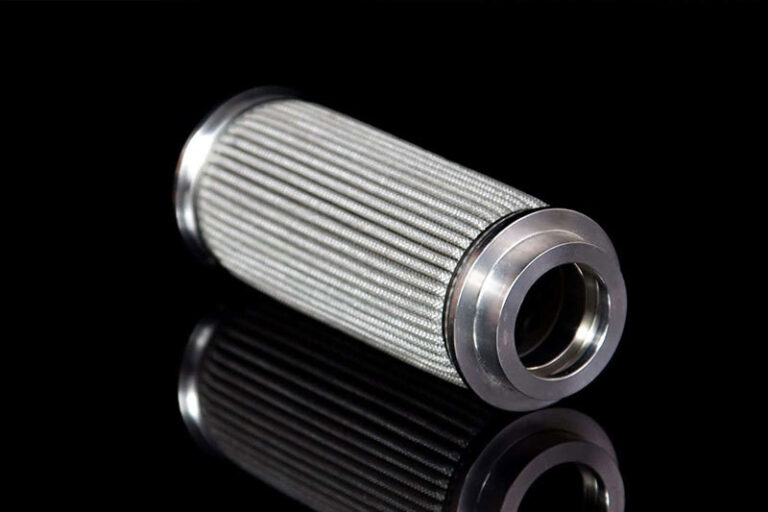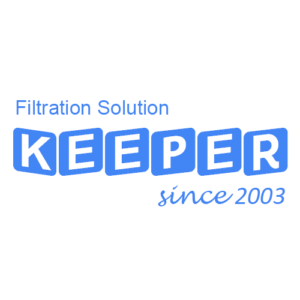In today’s market, there is a vast array of water purifier brands and models. However, behind this diversity lies a set of consistent and mature water purification technologies. Different water purifiers combine various filtration technologies to achieve clean and safe drinking water.

KDF55 – Water Purification Marvel
KDF (Kinetic Degradation Fluxion) 55 is a high-purity copper-zinc alloy developed by the renowned American company KDF. It has been certified by authoritative organizations like the National Sanitation Foundation (NSF) and the Water Quality Association (WQA). KDF uses electrochemical reactions of copper and zinc to effectively remove chlorine (up to 99%), heavy metals (like lead, mercury, nickel, chromium – up to 98%), hydrogen sulfide, and bacteria while also preventing scale buildup.
KDF55 complies with the EPA (Environmental Protection Agency), FDA (Food and Drug Administration), WQA, and NSF standards for copper and zinc levels in drinking water. It efficiently removes chlorine at concentrations up to 10 ppm while meeting EPA regulations on allowable zinc levels.
Activated Carbon Filtration
Activated carbon is a porous material with excellent adsorption properties, derived from high-carbon content substances like wood, coal, coconut shells, or petroleum residues. It effectively removes chlorine, odors, and organic pollutants from water.
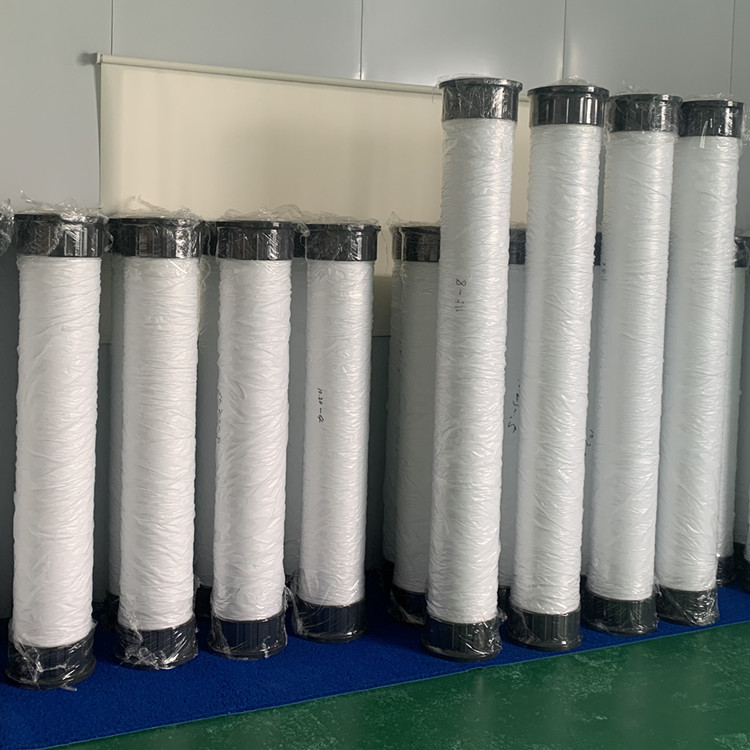
Hollow Fiber Ultrafiltration Membrane
Hollow fiber ultrafiltration membranes are among the most advanced and mature technologies in ultrafiltration. These membranes have microscopic pores that selectively allow water and small molecules to pass through while capturing substances based on molecular weight.
Reverse Osmosis (RO)
Reverse osmosis, or RO, is a process where pressure is used to separate solvent from a solution through a semi-permeable membrane. It effectively removes dissolved salts, microorganisms, organic compounds, heavy metals, and minerals from water.
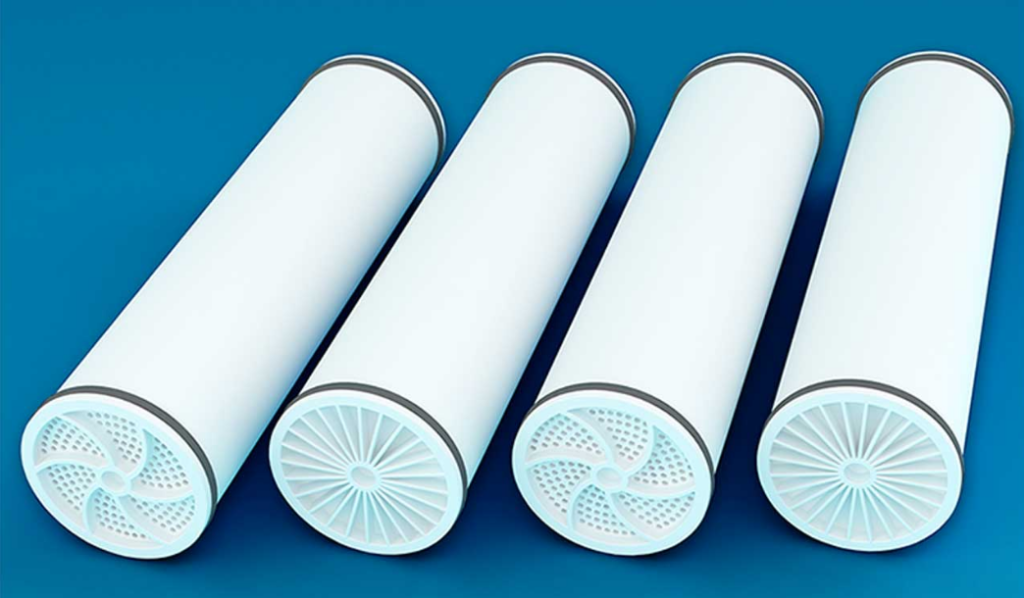
Polypropylene (PP) Cotton Filter
PP cotton filters use non-toxic polypropylene particles to remove various particulate impurities from filtered liquids. They are widely used in water purification due to their strong particle retention capacity and long lifespan.
Resin Filters
Resin filters use ion exchange to soften hard water by removing calcium and magnesium ions. The resin can be regenerated by soaking it in a saltwater solution.
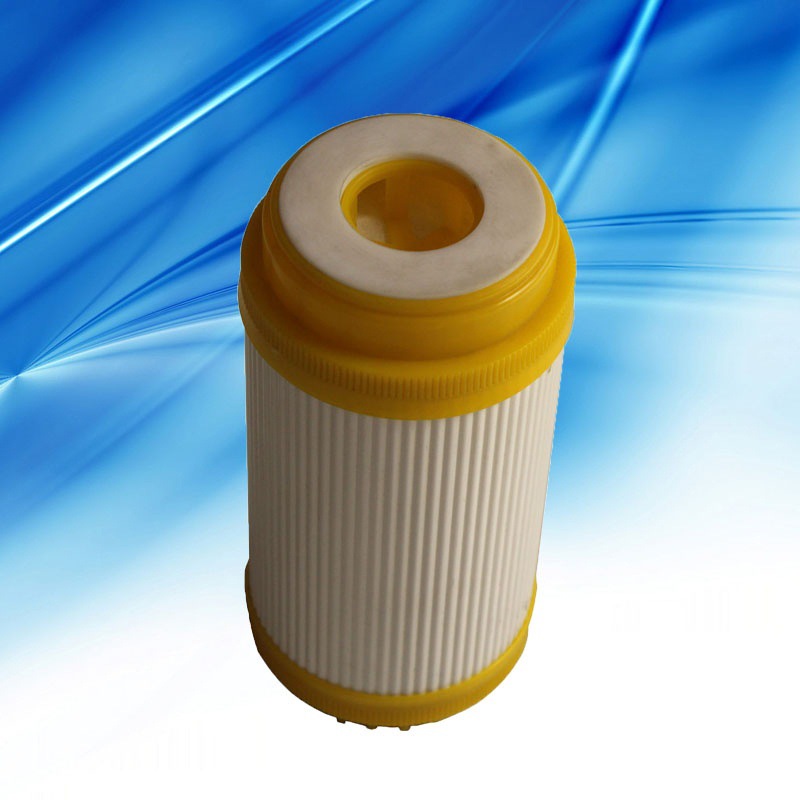
These water filtration technologies are commonly combined in water purifiers to achieve comprehensive water treatment. Understanding these methods helps consumers make informed choices when selecting water purification systems.


